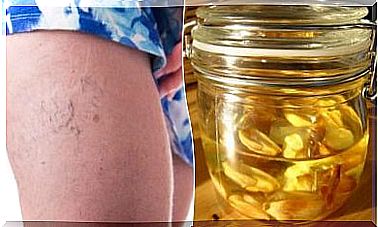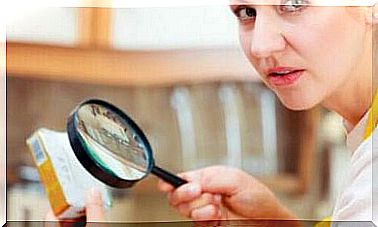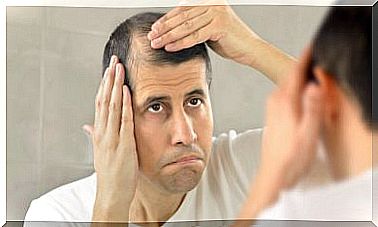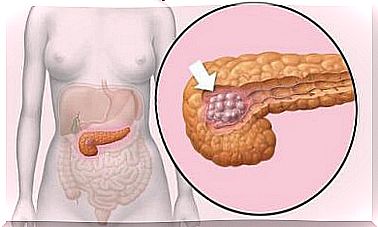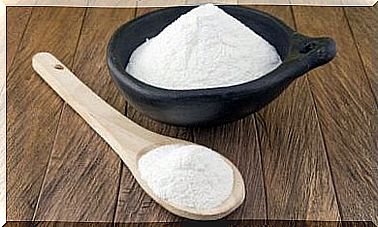Aseptic Techniques – Purpose And Benefits
Aseptic techniques consist of a series of measures aimed at minimizing the risk of infection in hospital patients. In today’s article, you will learn what techniques are out there and why they are so important.
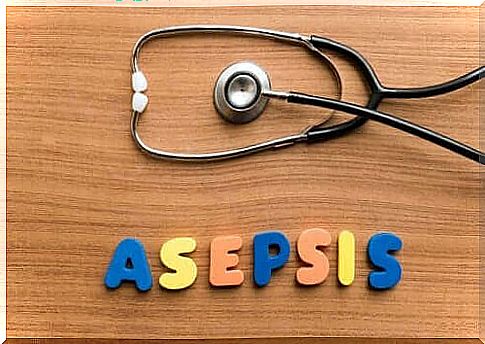
Aseptic techniques are a series of measures that reduce the risk of infection for both patients and healthcare professionals. In addition, these measures reduce the possibility of infection or contamination of an area or clinical instruments.
As you can see, these measures are part of preventing foreign microorganisms from entering the body. Furthermore, they protect both the patients who are treated with drugs and medically, as well as the professionals who work in such a hospital environment.
In order to be able to perform these indispensable methods, the medical team must have prior knowledge and appropriate skills. This also means that they have to take into account the hygiene and biosafety standards that are normally used. In today’s article, you will learn everything you need to know about aseptic techniques .
Classification of infections according to their characteristics

Aseptic techniques aim to minimize the development of hospital-acquired infections. This improves the quality of a patient’s treatment. It also guarantees their safety as well as that of the medical team in a given medical facility.
Furthermore, aseptic techniques also protect the people directly involved in an operation, as certain pathogens can spread during invasive processes such as surgical interventions. During such interventions, the group of specialists comes into direct contact with the infected tissue of the patient.
Infections can currently be classified based on various factors. For example, there are endogenous and exogenous infections.
You can differentiate between these according to whether the problematic microorganism comes from the internal or external environment. In addition, there are other classification criteria that depend on the type of microorganism, the type of transmission and whether it is an infection in outpatients or inpatients.
Different aseptic techniques
A group of specialists is currently developing a set of guidelines for handling medical instruments. These are essential in various inpatient treatment situations. In addition, the spread of infections must be prevented, for example through isolation.
In addition, the professionals often have to work with sterile materials. However, these are usually packaged non-sterile and are therefore in constant contact with the external environment. As a result, the medical team must take special care when handling such materials to avoid contamination.
Some tips to keep in mind are as follows: The instruments must be carefully removed from the packaging so that the outer packaging does not touch the sterile material.
Doctors and healthcare professionals must also always handle these instruments with sterile gloves. They should also avoid contact with this material or with any other contaminated material or material exposed to adverse environmental conditions. Other important measures include that these people should not sneeze on the sterile objects or speak when handling them in order to avoid contamination as much as possible.

wash your hands
As part of the usual hygiene rules, it is important to observe the correct measures for hand washing. Typically, you need to wash your hands thoroughly before and after coming into contact with a patient. So you should clean and disinfect your hands before and after any medical procedure or treatment.
In addition, you must also check the condition of any medical preparations or clinical instruments before using them. In the case of medication, you need to check the expiration date and condition of the products and make sure they have been properly stored.
Furthermore, you may only use materials that have been sterilized within the last 8 days. In addition, the packaging must be intact to ensure that the devices or utensils are not contaminated.
If the packaging is not intact, you should not use this product. In addition, you should keep the materials in a clean, low-humidity environment and ensure that they do not come into contact with any other possible sources of contamination.
If you have to wear a mask when treating a patient, you should not use it for more than two hours at a time. After this period, the mask loses a large part of its protective effect.
You should also make sure that you place the mask correctly on your face and that you do not touch it if possible. If the face mask slipped down your neck, you’d better replace it.

